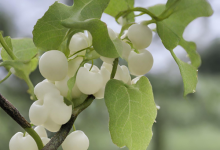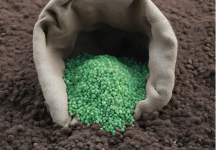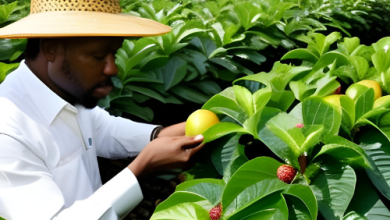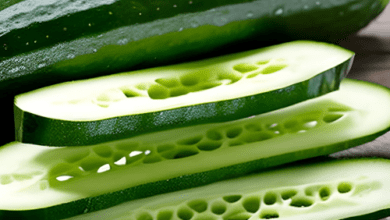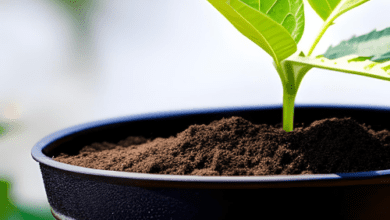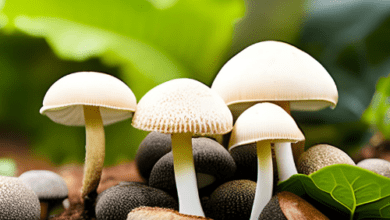Diseases that affect the growth of drumsticks and how to treat them
A plant used as medicine is a drumstick. It also goes by the name Moringa. It is grown in practically all regions of the nation. In Ayurveda, the whole drumstick plant is used. Farmers who grow it make a respectable living. Drumstick bark, leaves, seeds, and roots are used to make medicines, while its flowers, fruits, and leaves are used as food. The drumstick crop has a relatively low risk of pests and diseases, however, there are certain pests and diseases that have a big impact on harvests. Let’s learn now how to prevent these ailments.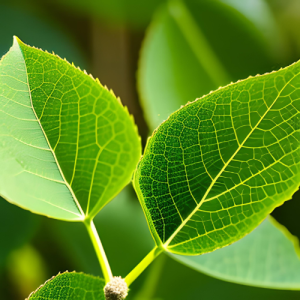
Management of Pests and Diseases in Drumstick
Unclean Insect
Drumsticks are where this bug is most common. The plant’s leaves are attacked by this insect, which then spreads to the whole plant. Dichlorovas should be properly dissolved in water and sprayed on the plants to treat this disease.
Termite
The soil’s quality affects the termites that attack plants. Imidacloprid 600 FS should be applied in the soil after being diluted with water if termites are a concern in the drumstick field. In addition, you may treat seeds with 1 kg of fipronil. You may plow the fields by combining 100 kilos of cow dung manure with one kilogram of the organic fungicide Bouveria or Metarhizium anisopoly.
A Sucking Bug
Insects that feed mostly on sap feed on the plant’s leaves. Spray the whole crop with a solution made of 500 liters of water and either 80 grams of acetamiprid or 100 grams of thiamentoxam to protect it against these.
Fruit Fly Infection
These insects’ attacks cause drumstick fruits to begin to decay. You may mix 5 ml of Dichlorovas with 1 liter of water and spray it on the plant to get rid of insects on this fruit.
Root Rot Illness
Drumsticks with root rot issues may be treated with 5 to 10 grams of Trichoderma to control the condition. In addition, you may combine carbendazim with water and apply it close to the soil’s stem. The bacteria that are present will be eliminated by this.

